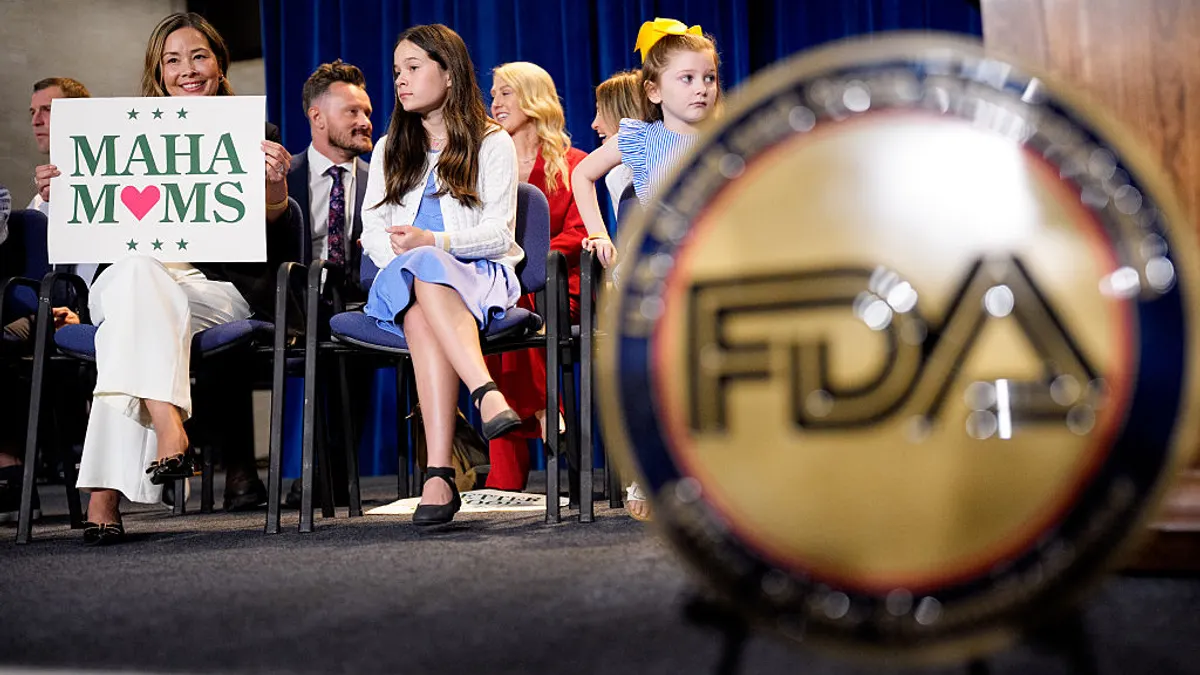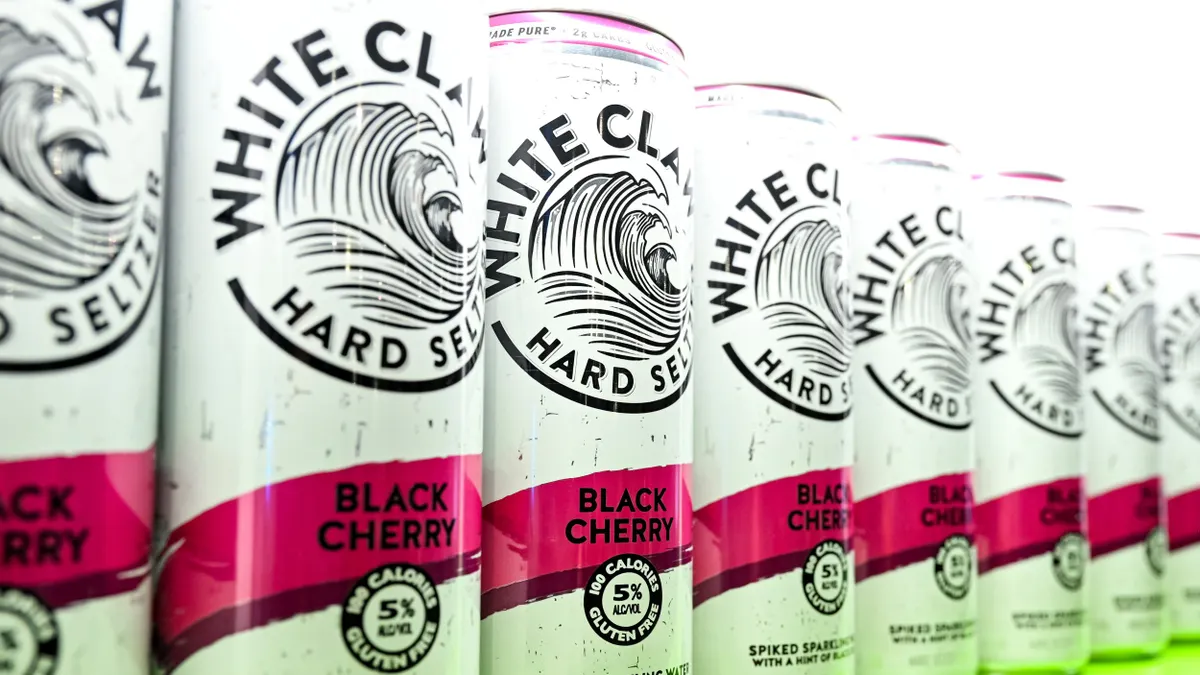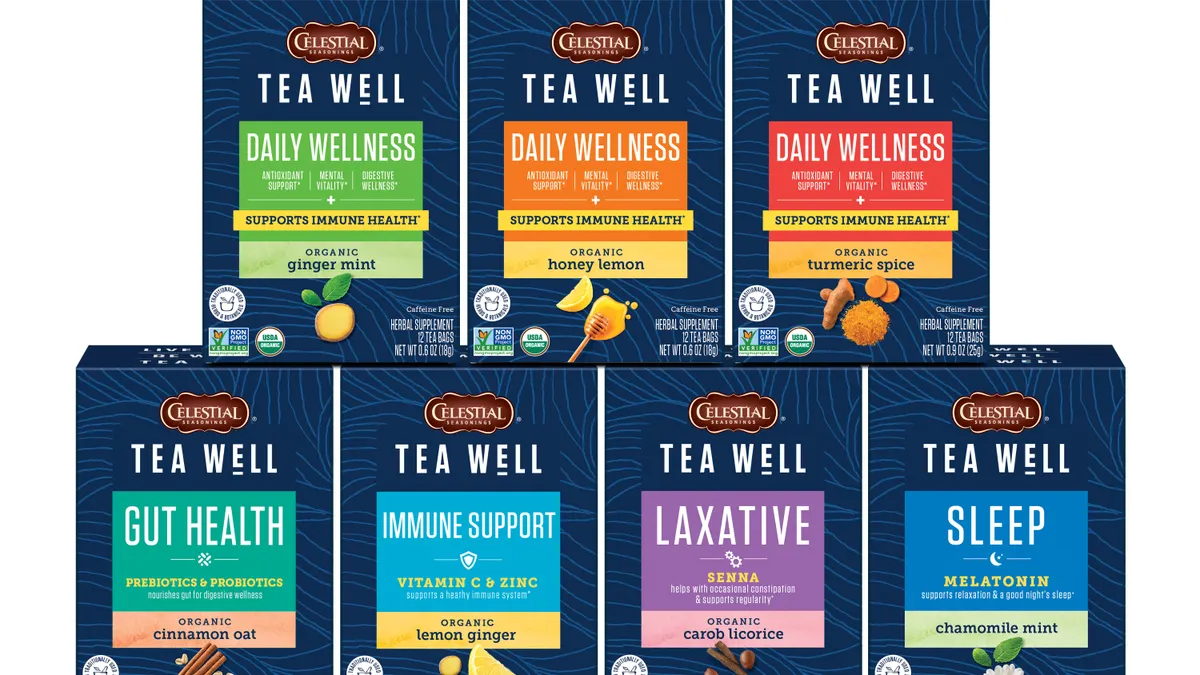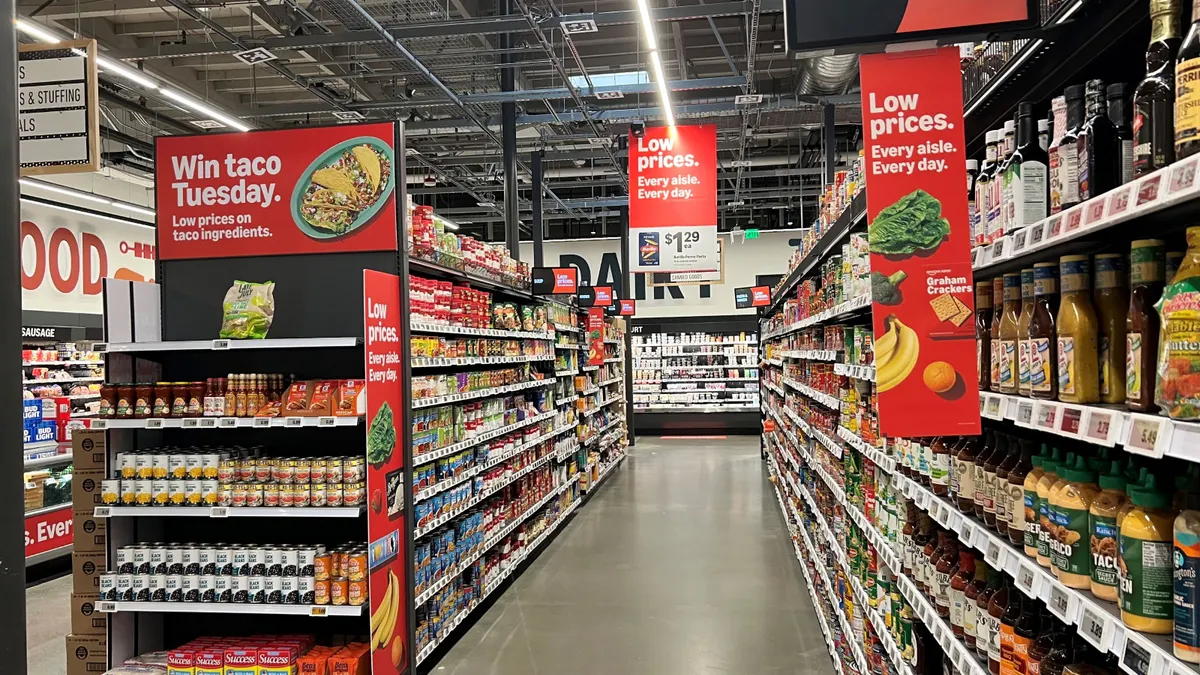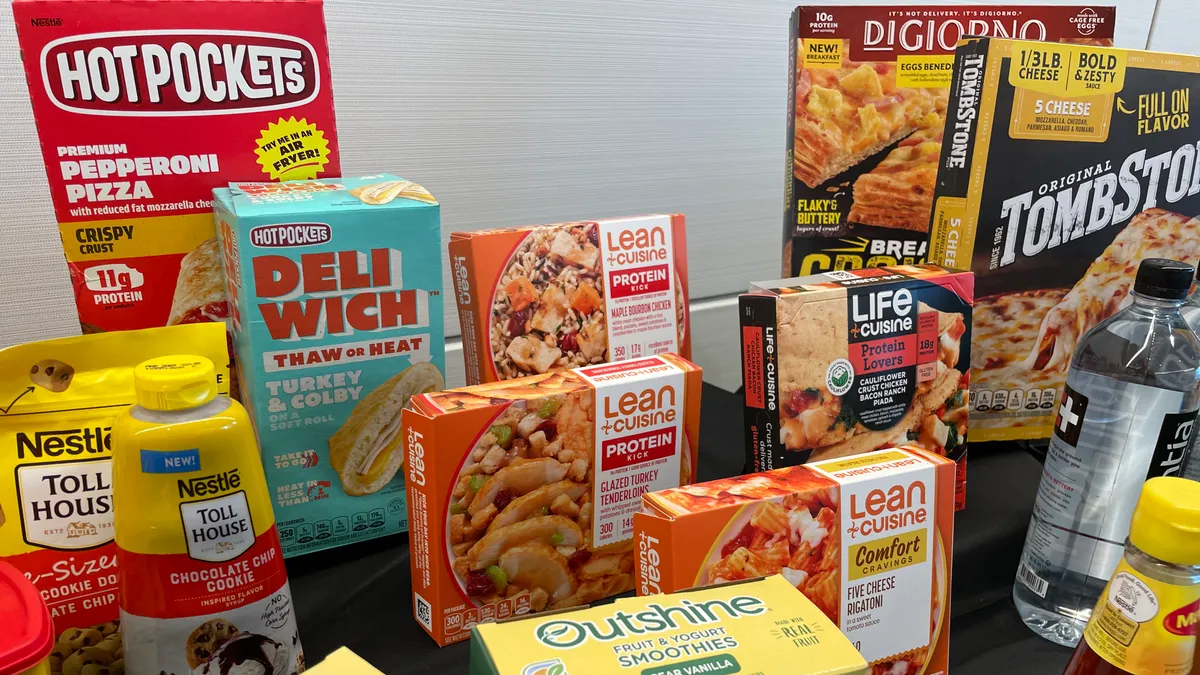Major changes are needed to address produce safety and the testing of agricultural water after last year's romaine outbreaks, industry leaders and policy makers said at the National Food Policy Conference.
Produce faced a difficult year in 2018 with a massive E. coli outbreak linked to romaine lettuce growing in Arizona last spring and then another one tied to California in the fall. Leaders from the U.S. Food and Drug Administration and the industry gathered in Washington last week to voice concern, call for change and look ahead at the future of produce safety policy.
Michael Taylor, senior fellow at the Meridian Institute and former deputy commissioner for foods and veterinary medicine at the FDA, said there are fundamental issues around how food is produced that are responsible for the problems with lettuce contamination. One example, he said, is that cattle can be adjacent to irrigation water.
"It is a bigger issue than ag water," Taylor said on a panel. "There are big systemic issues that need to be addressed here going forward. It is not just Yuma, (Arizona)."
Last week, the FDA finalized new compliance dates and gave an update for the water requirements in the Food Safety Modernization Act. The law, which was signed by President Barack Obama in 2011, required growers to test irrigation water and work to prevent contamination with produce.
But in September 2017, the FDA said implementation would be delayed. The FDA reaffirmed the previously announced extended dates Friday, saying the requirements would go into place for large farms in January 2022, small farms a year later and very small farms in 2024.
"The additional time provided by the extension of the compliance dates for the agricultural water requirements will allow the FDA and the produce industry to apply lessons learned from these recent outbreaks and adopt the best thinking as we continue to build upon our nation’s food safety practices," FDA Commissioner Scott Gottlieb and Deputy Commissioner Frank Yiannas wrote in a statement released Friday. "Our ultimate goal is to better protect fresh produce from contamination."
Despite the delay, the FDA said produce will be required to adhere to other requirements in the Produce Safety Rule and the Federal Food, Drug and Cosmetic Act.
Produce remains a major contributor to foodborne illness, according to a report from the Interagency Food Safety Analytics Collaboration — a collaboration between the FDA, Centers for Disease Control and Prevention and the U.S. Agriculture Department.
The report, released in December 2017, found that in 2013, produce accounted for 59% of listeria cases, 51% of E. coli O157 cases, 46% of salmonella cases, and 33% of campylobacter cases. A prominent source of the outbreaks for E. coli came from vegetable row crops, including leafy greens — more than any other food category, IFSAC found.
Referring to the two lettuce outbreaks in 2018, Jennifer McEntire, the vice president of food safety and technology at United Fresh, said it wasn't one person's fault or a single issue that caused the problems. Instead, she said, it was a bigger, broader issue that should spark change.
"The way that most of our food safety systems have been set up in the past are to deal with singular issues," she said at the conference. "We need to think about food safety a little bit differently, and put some mechanisms into place to be more protective."
Samir Assar, a director at the FDA's Center for Food Safety and Applied Nutrition, said even with the advancements the agency has made with preventative practices since the 1990s, there is still much work to be done. He said education and policy play a role.
"As we learn from the outbreak events and any other food safety issues, we need to understand how to prevent or minimize the impact of these outbreaks through traceability or through labeling of the produce packages, but also prevent these things from actually occurring," he said.
Assar said the FDA has been discussing other ways to improve produce safety, but noted the agency has already taken big steps with the guidance it released. He said there is still a lot to learn about water sources and the challenges with traceability.
Critics of the FDA said the E. coli lettuce outbreaks last year should have spurred the agency to implement the water testing changes before 2022.
Sandra Eskin, project director of food safety for The Pew Charitable Trusts, said she wanted the FDA to bring in experts on water quality to help craft an interim rule sooner to reduce the chance of another outbreak occurring.
"The fact that the Yuma growing season, they have been growing since the outbreak and there is no clarity about whether there is widespread water treatment," she said. "That is really disturbing because this could happen all over again."
Some of the panelists agreed FSMA was a good start, but that more changes are needed to protect the U.S. food supply.
McEntire from United Fresh said there is an opportunity for the industry and the FDA to work more closely together.
After the lettuce outbreaks and the slow response to them, McEntire said "there is a real motivation to share information, to try to figure these things out very quickly to limit the damage to consumers and to limit the damage to these companies."







